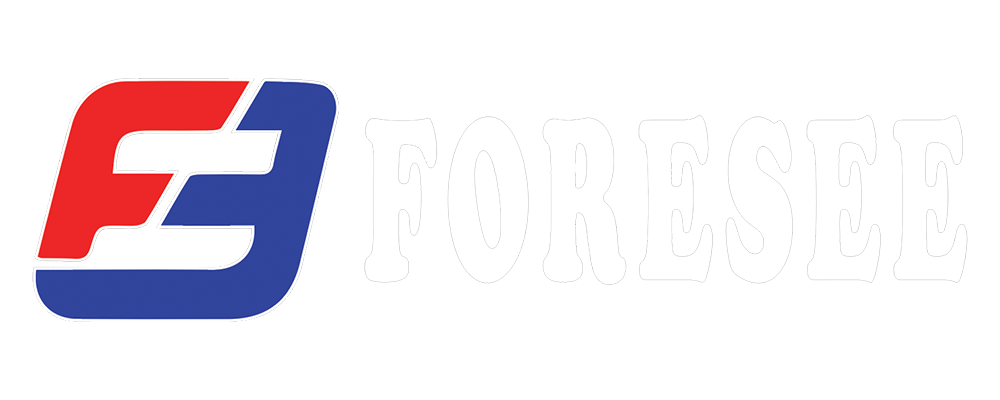Agricultural discharge hoses are essential components for transferring liquids, such as water, fertilizers, and chemicals, in agricultural operations. The specifications (specs) for these hoses can vary depending on the specific application and requirements. Here are some common specifications to consider when selecting agricultural discharge hoses:
-
Material Composition: Agricultural discharge hoses are typically made from materials like PVC (polyvinyl chloride), EPDM (ethylene propylene diene monomer), TPU (thermoplastic polyurethane), or other synthetic rubber compounds. The choice of material depends on factors such as chemical compatibility, flexibility, durability, and resistance to weather and UV exposure.
-
Diameter and Length: Hoses come in various diameters (inner and outer) and lengths to suit different flow rates and distance requirements. Common diameters include 1 inch, 1.5 inches, 2 inches, and larger sizes, while lengths can range from a few feet to several hundred feet.
-
Pressure Rating: Pressure rating indicates the maximum pressure the hose can handle safely. It's crucial to select a hose with a pressure rating that meets or exceeds the operating pressure of your agricultural equipment and irrigation systems. Common pressure ratings range from around 50 to 150 psi (pounds per square inch).
-
Temperature Range: Consider the temperature range in which the hose will be used. Some hoses are designed to withstand both high and low temperatures, ensuring they remain functional in various weather conditions.
-
Flexibility and Bend Radius: Hoses need to be flexible enough to navigate around obstacles and be easily maneuvered. The bend radius specification indicates the minimum curvature radius the hose can handle without kinking or damaging the hose.
-
Reinforcement: Many hoses are reinforced with layers of braided textile, synthetic fibers, or wire to enhance their strength and durability. Reinforcement helps the hose withstand pressure, vacuum, and external forces.
-
Chemical Compatibility: Consider the types of liquids that will be pumped through the hose. Different hoses have varying levels of resistance to chemicals, acids, and other substances. Ensure the hose material is compatible with the liquids you intend to transfer.
-
UV Resistance: Agricultural hoses may be exposed to sunlight for extended periods. UV-resistant hoses are designed to withstand degradation caused by UV radiation, ensuring longer lifespan and durability.
-
Couplings and Fittings: Check the type of couplings or fittings that can be attached to the hose ends. Make sure they are compatible with your equipment and provide a secure connection to prevent leaks.
-
Application-Specific Features: Some hoses are designed with specific features such as antimicrobial coatings, anti-static properties, or specialized linings to meet specific agricultural needs.
-
Certifications and Standards: Hoses may need to comply with industry standards and regulations, such as those set by the FDA (Food and Drug Administration) or USDA (United States Department of Agriculture) for specific agricultural applications.
When selecting agricultural discharge hoses, it's essential to consider your specific operational requirements, the type of liquids being transferred, and the conditions in which the hoses will be used. Always follow manufacturer recommendations and guidelines to ensure safe and efficient use of the hoses.

Recent post